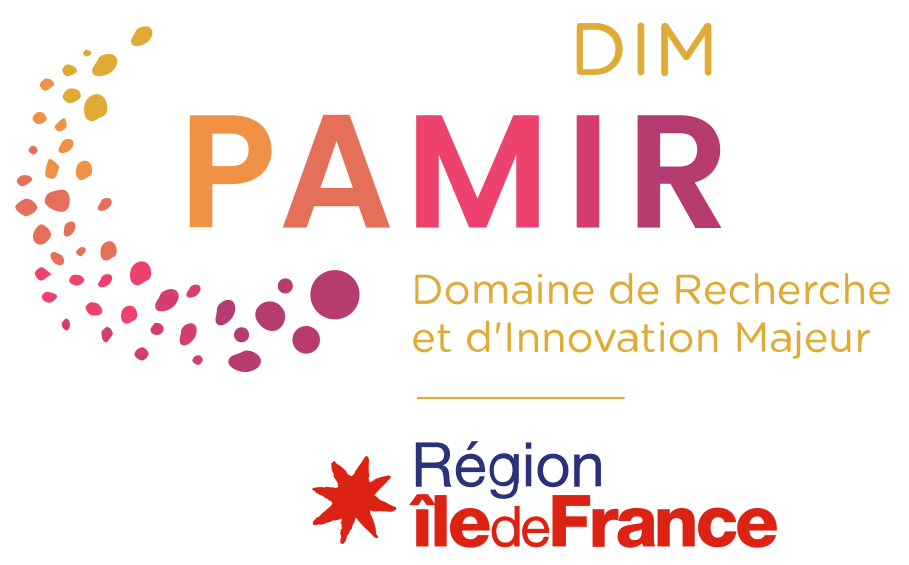
DEEP-PURPLE
Orchil colors: From the influence of the dye preparation to the degradation
Scientific responsibility :
- Anne Michelin
- Witold Nowik
- Sylvie Héron
- Charlotte Denoël
- Joël Boustié
Methodological axes :
Thematic fields :
Disciplinary sectors :
Funding :
- DIM PAMIR
Project ID : IDF-DIM-PAMIR-2023-4-007
Summary :
Orchil, also known as French purple, is a dye extracted from a plant, generally reddish-purple in color, used as a substitute for Tyre purple in dyeing and painting. However, the analysis of the coloring material in the 11th century Mont Saint-Michel manuscripts has revealed a much wider range of colors for this dye, from pink to brown or violet. The brown tint is a source of questions: is it the original color or the result of dye degradation? In the case of the Mont Saint-Michel manuscripts, both hypotheses seem likely depending on the illuminations. This project focuses on three questions related to the color of this dye. A first axis will deal with the manufacturing process of this dye during which we will try to identify the parameters allowing to obtain the different shades observed and to link the color to the molecular composition of the dye. A second axis will focus on the study of the light degradation of this dye by trying to determine its degradation kinetics and mechanisms. Finally, the impact of the degradation on the signals obtained by the main non-invasive techniques will be examined in order to ensure the reliability of the identification of this dye despite its alteration. Most of this work will be carried out on mock-up prepared in collaboration with a professional illuminator, and using the analytical techniques and aging chamber available in the laboratory. A part of the project will however be dedicated to the analysis of this dye on a selection of illuminated manuscripts from the BnF in order to enlarge the corpus and to check in which way a link can be made between dye, its state of conservation and recorded analytical responses. Using all this data, this project aims to better understand the reason behind the range of colors of this too often underestimated dye, as well as to ensure its correct identification despite its various shades.
Post-doctorate: Sébastien Roca

